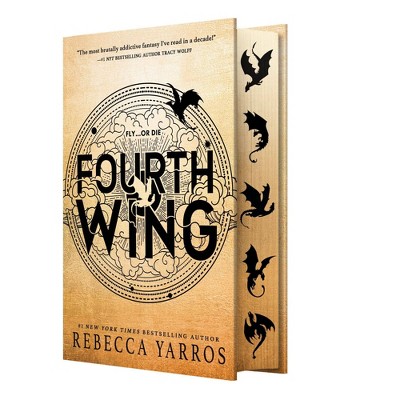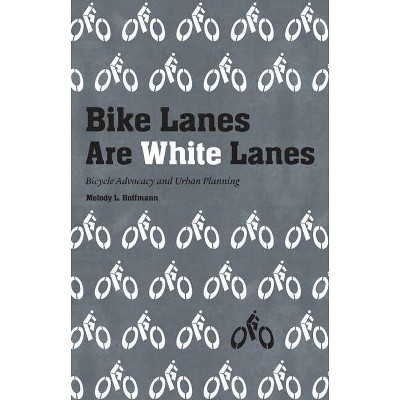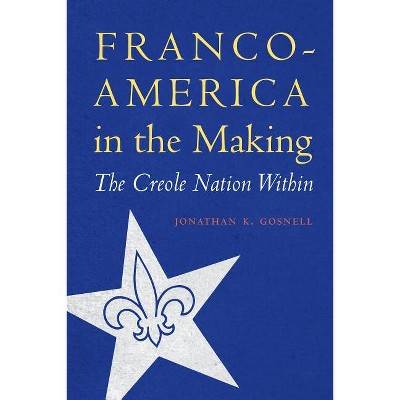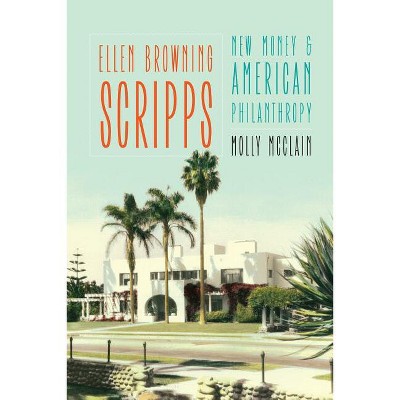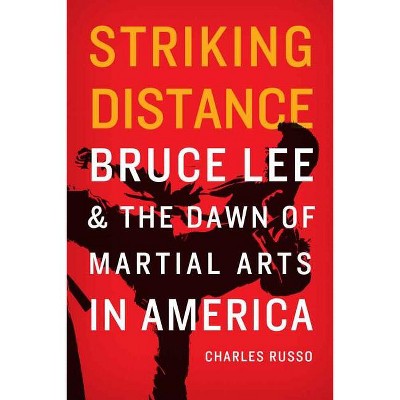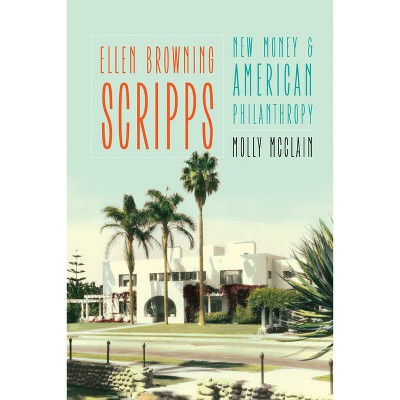Culture on Two Wheels - by Jeremy Withers & Daniel P Shea (Hardcover)

About this item
Highlights
- Bicycles have more cultural identities than many realize, functioning not only as literal vehicles in a text but also as "vehicles" for that text's themes, ideas, and critiques.
- About the Author: Jeremy Withers is an assistant professor of English at Iowa State University.
- 366 Pages
- Literary Criticism, General
Description
About the Book
"Bicycles have more cultural identities than many realize, functioning not only as literal vehicles in a text but also as "vehicles" for that text's themes, ideas, and critiques. In the late nineteenth century the bicycle was seen as a way for the wealthy urban elite to reconnect with nature and for women to gain a measure of personal freedom, while during World War II it became a utilitarian tool of the French Resistance and in 1970s China stood for wealth and modernization. Lately it has functioned variously as the favored ideological steed of environmentalists, a means of community bonding and aesthetic self-expression in hip hop, and the ride of choice for bike messenger-idolizing urban hipsters. Culture on Two Wheels analyzes the shifting cultural significance of the bicycle by examining its appearances in literary, musical, and cinematic works spanning three continents and more than 125 years of history. Bringing together essays by a variety of cyclists and scholars with myriad angles of approach, this collection highlights the bicycle's flexibility as a signifier and analyzes the appearance of bicycles in canonical and well-known texts such as Samuel Beckett's modernist novel Molloy, the Oscar-winning film Breaking Away, and various Stephen King novels and stories, as well as in lesser-known but equally significant texts, such as the celebrated Russian director Andrei Tarkovsky's film Sacrifice and Elizabeth Robins Pennell's nineteenth-century travelogue A Canterbury Pilgrimage, the latter of which traces the route of Chaucer's pilgrims via bicycle. "--Book Synopsis
Bicycles have more cultural identities than many realize, functioning not only as literal vehicles in a text but also as "vehicles" for that text's themes, ideas, and critiques. In the late nineteenth century the bicycle was seen as a way for the wealthy urban elite to reconnect with nature and for women to gain a measure of personal freedom, while during World War II it became a utilitarian tool of the French Resistance and in 1970s China stood for wealth and modernization. Lately it has functioned variously as the favored ideological steed of environmentalists, a means of community bonding and aesthetic self-expression in hip hop, and the ride of choice for bike messenger-idolizing urban hipsters. Culture on Two Wheels analyzes the shifting cultural significance of the bicycle by examining its appearances in literary, musical, and cinematic works spanning three continents and more than 125 years of history.
Bringing together essays by a variety of cyclists and scholars with myriad angles of approach, this collection highlights the bicycle's flexibility as a signifier and analyzes the appearance of bicycles in canonical and well-known texts such as Samuel Beckett's modernist novel Molloy, the Oscar-winning film Breaking Away, and various Stephen King novels and stories, as well as in lesser-known but equally significant texts, such as the celebrated Russian director Andrei Tarkovsky's film Sacrifice and Elizabeth Robins Pennell's nineteenth-century travelogue A Canterbury Pilgrimage, the latter of which traces the route of Chaucer's pilgrims via bicycle. Listen to an interview with the author.
Review Quotes
"Culture on Two Wheels offers an extensive and unique analysis for anyone interested in bicycles, especially those who find interest in its use beyond technical and mechanic ability. . . . This book intersects with multiple disciplines, offering perspectives that align with feminist, cultural, sport, sociological, historical, film, English, and literacy disciplines, amongst others."--Mitchell McSweeney, Sport in American History
"I was thrilled at how much this book offered me for understanding the cultural implications of the bicycle. It's as if someone opened a map, pointed out roads and trails I didn't know, and sent me out for some two-wheeled exploring."--Jimmy Guignard, ISLE: Interdisciplinary Studies in Literature and Environment
"Interesting and valuable."--D. R. Jamieson, CHOICE
"Perfect for the scholar, cyclist or anyone interested in symbolism in art."--Selena Milewski, Shepherd Express-- (7/15/2016 12:00:00 AM)
"The brilliance of this book is that it makes for engrossing reading, while simultaneously inspiring the reader to get on a bicycle and simply ride. . . . [It makes] a fantastic contribution to current scholarship by engaging an actual thing in the world that has a rich history, a complex present, and maybe even--unlike most modes of human transit--a bright future."--Christopher Schaberg, associate professor of English and environmental theory at Loyola University and the author of The Textual Life of Airports: Reading the Culture of Flight-- (9/15/2015 12:00:00 AM)
About the Author
Jeremy Withers is an assistant professor of English at Iowa State University. Daniel P. Shea is an associate professor of English at Austin Peay State University. Zack Furness is an assistant professor of communications at Pennsylvania State University, Greater Allegheny, and the author of One Less Car: Bicycling and the Politics of Automobility.Shipping details
Return details
Trending Poetry



